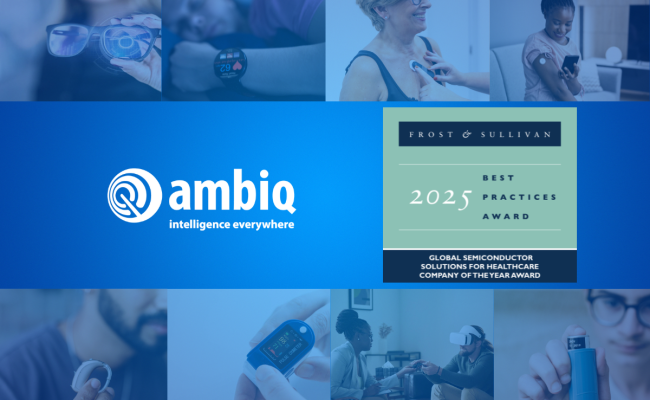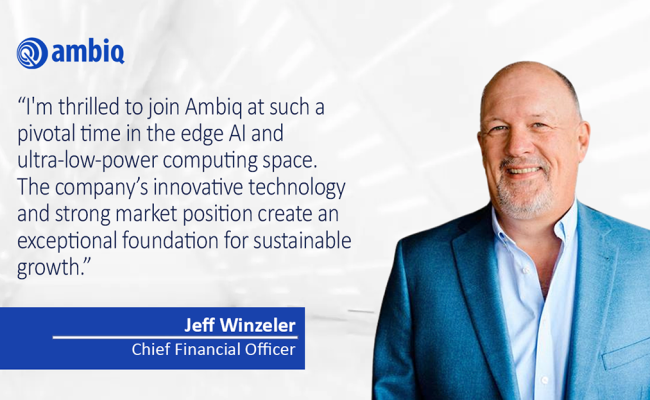
Ambiq®, a global leader in ultra-low-power semiconductor solutions that deliver a multifold increase in energy efficiency, is pleased to announce that Fumihide Esaka, CEO of Ambiq, has been named a recipient of the prestigious Entrepreneur 100 Award 2023, presented by the Association of Trade and Commerce (ATC). This award recognizes Esaka’s outstanding contributions and achievements as a trailblazing entrepreneur within the business community.
The Entrepreneur 100 Award is an annual accolade that acknowledges Singapore’s emerging entrepreneurs of the year who have demonstrated exemplary leadership, innovation, and dedication to their respective industries. The award is highly competitive and serves as a benchmark for excellence in entrepreneurship.
Ambiq, led by Fumihide Esaka, stood out among a remarkable pool of applicants due to our unwavering commitment to innovation, business excellence, and profound impact on the semiconductor industry and its community.
“This recognition would not be possible without the dedication and vision of everyone within Ambiq working tirelessly to deliver transformative technology that redefines what we know about energy efficiency in edge devices,” said Fumihide Esaka. “More, I am impressed with the progress Ambiq has made since we’ve expanded our presence in Singapore. The high level of innovation has been a great addition and allows us to operate at an efficiency we’ve never seen before.”
Earlier this year, Ambiq expanded its operation in Singapore to accelerate the development of its integrated circuit design, a move that strengthens its commitment and investments in recruiting regional talent.
About the Association of Trade & Commerce (Singapore)
The Association of Trade & Commerce (Singapore) (ATC) is a community organization that was established to congregate and represent Singapore’s businesses and entrepreneurs across major industries and trade sectors, on both local and international scale. ATC advocates actively for the interests of enterprises, focusing in the areas of development, capabilities, sustainability and community building. For all the people across the businesses that we represent, ATC is positioned as a trusted advocate, partner and network; working with the community to develop and improve businesses, the society and people’s lives.
About Ambiq
Ambiq’s mission is to develop the lowest-power semiconductor solutions to enable intelligent devices everywhere by developing the lowest-power semiconductor solutions to drive a more energy-efficient, sustainable, and data-driven world. Ambiq has helped leading manufacturers worldwide develop products that last weeks on a single charge (rather than days), while delivering a maximum feature set in compact industrial designs. Ambiq’s goal is to take Artificial Intelligence (AI) where it has never gone before in mobile and portable devices, using Ambiq’s advanced ultra-low power system on chip (SoC) solutions. Ambiq has shipped more than 230 million units as of October 2023. For more information, visit www.ambiq.com.
Contact
Charlene Wan
VP of Branding, Marketing and Investor Relations
+1.512.879.2850
Read Article in: Japanese | Simplified Chinese | Traditional Chinese


